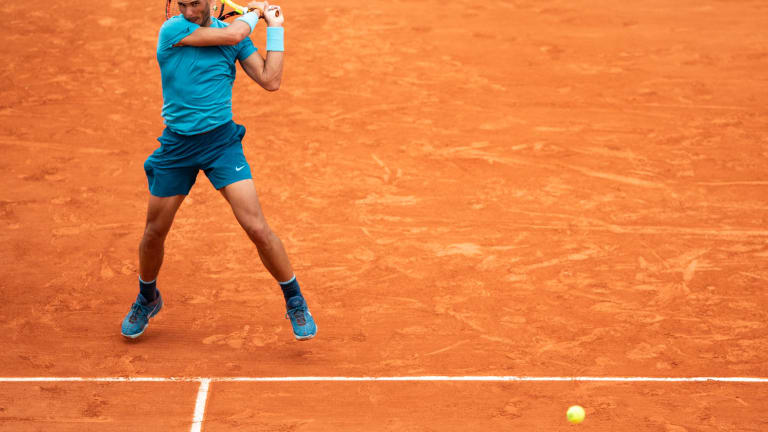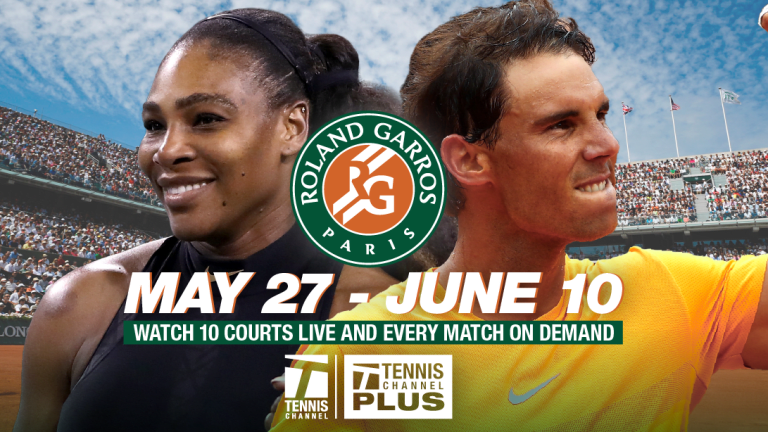PARIS—Toni Nadal told his nephew Rafa that the key to being successful at tennis was enduring more than your opponent—getting one more ball, running one more meter, hitting one more winner, staying upright for one more minute. As a pro, Rafa would take that idea and apply his own, more severe word to it: for him, winning has always meant “suffering” more than the guy on the other side of the net.
One look at the scores of Nadal’s 6-2, 6-1, 6-1 blowout over Guido Pella at Roland Garros might lead you to believe that Rafa did very little suffering on Thursday afternoon. He won 94 points to Pella’s 58, hit 37 winners to Pella’s 15 and won the last two sets in little more than an hour. The victory left Rafa’s career French Open record at 81-2, which meant that it was about as predictable as any Grand Slam contest ever played.
“I played a solid match, and it’s true that when the match, during the match I improved the level,” Nadal said. “So in general terms, I have to be happy, no? It’s of course great result is 6-2, 6-1, 6-1. Is not possible without playing well.”
Match point of Nadal's win over Pella:

